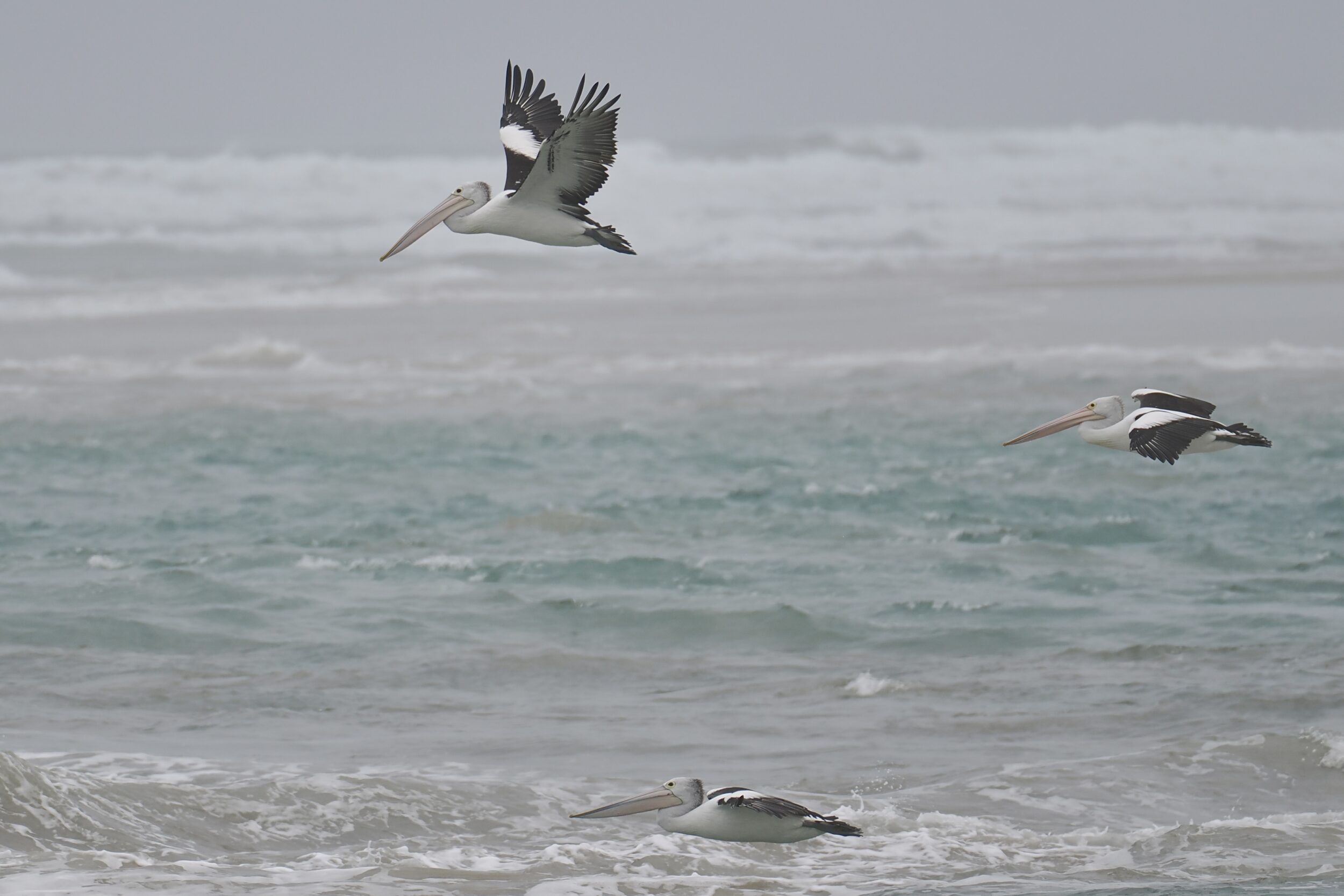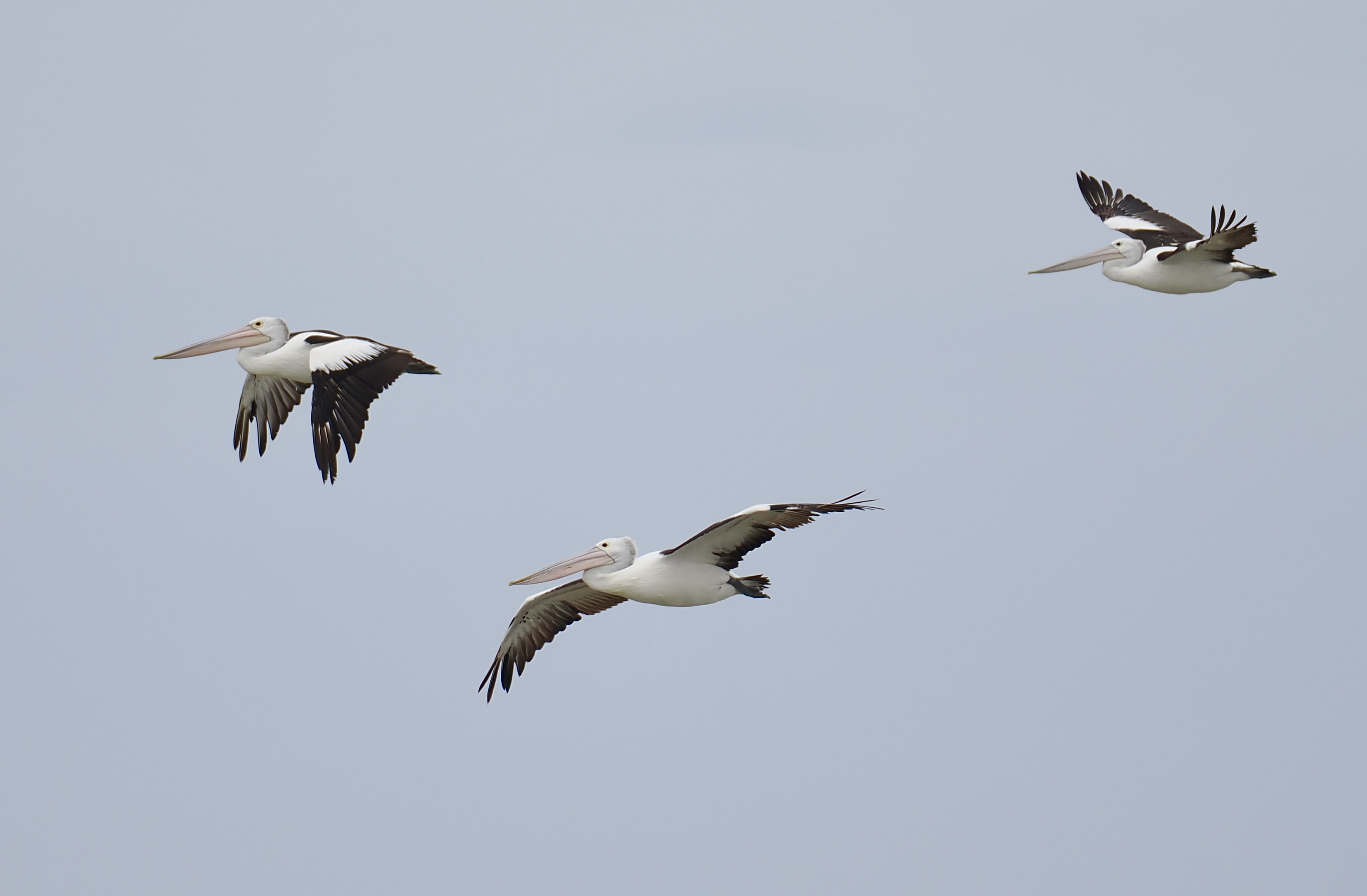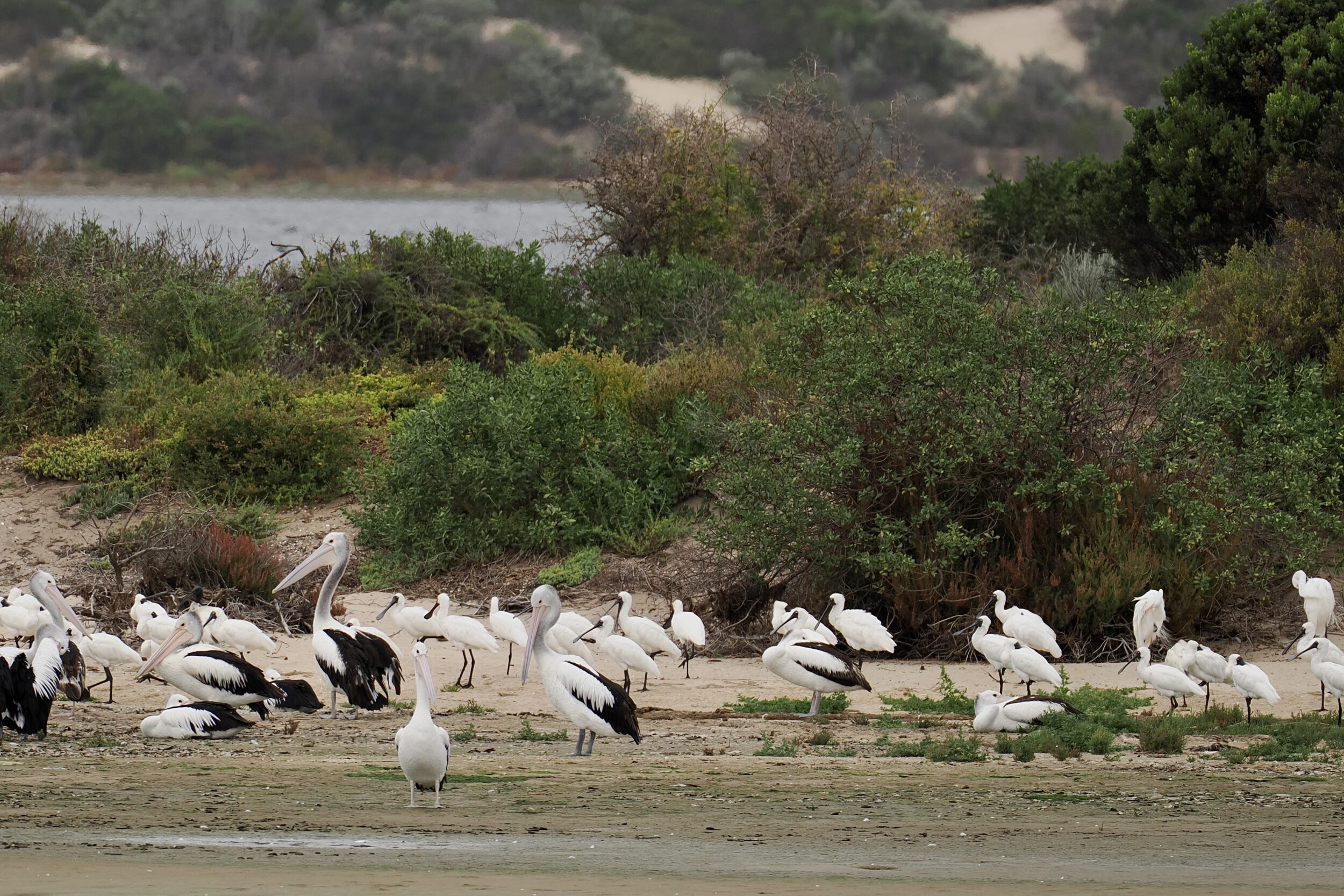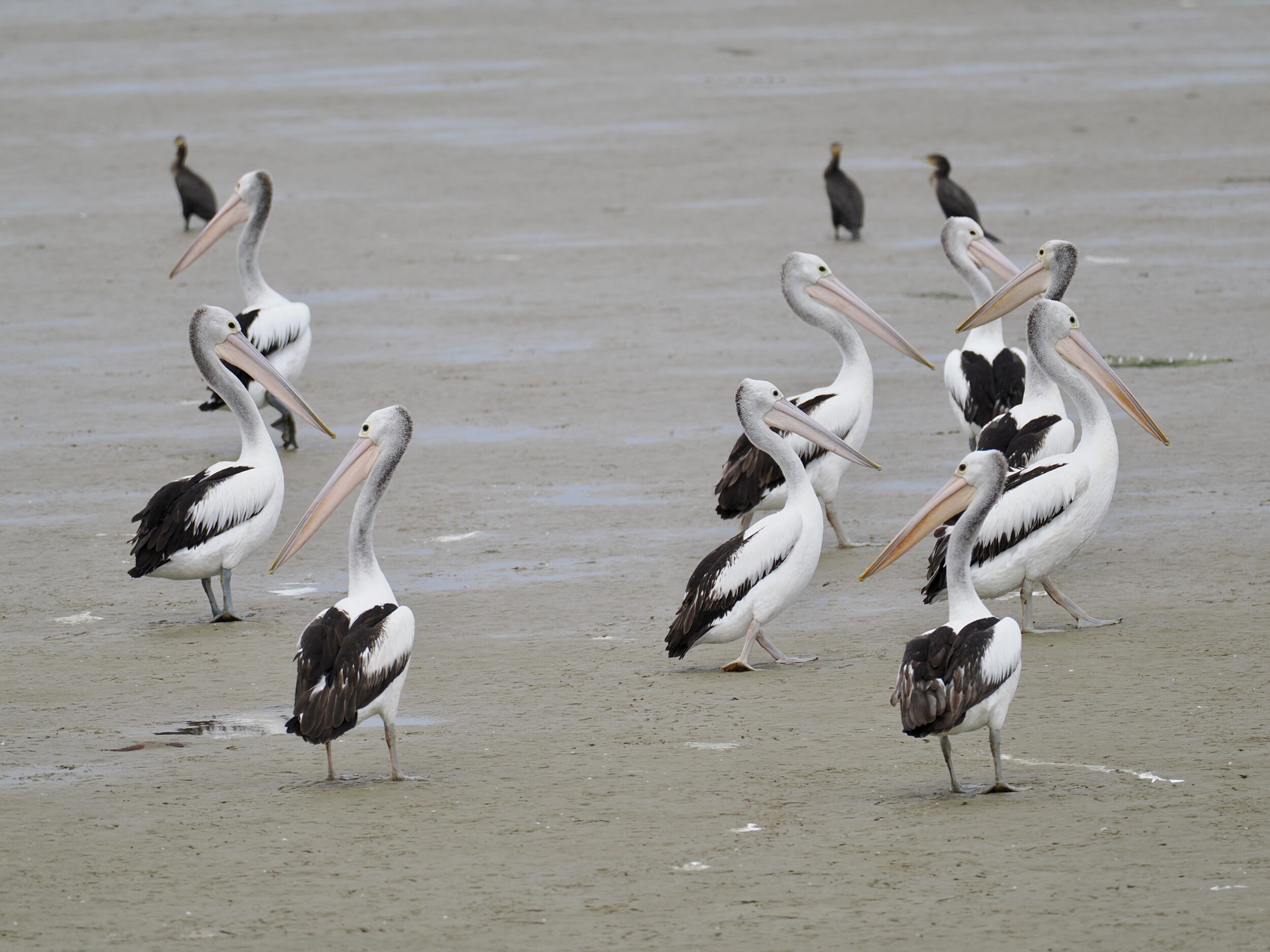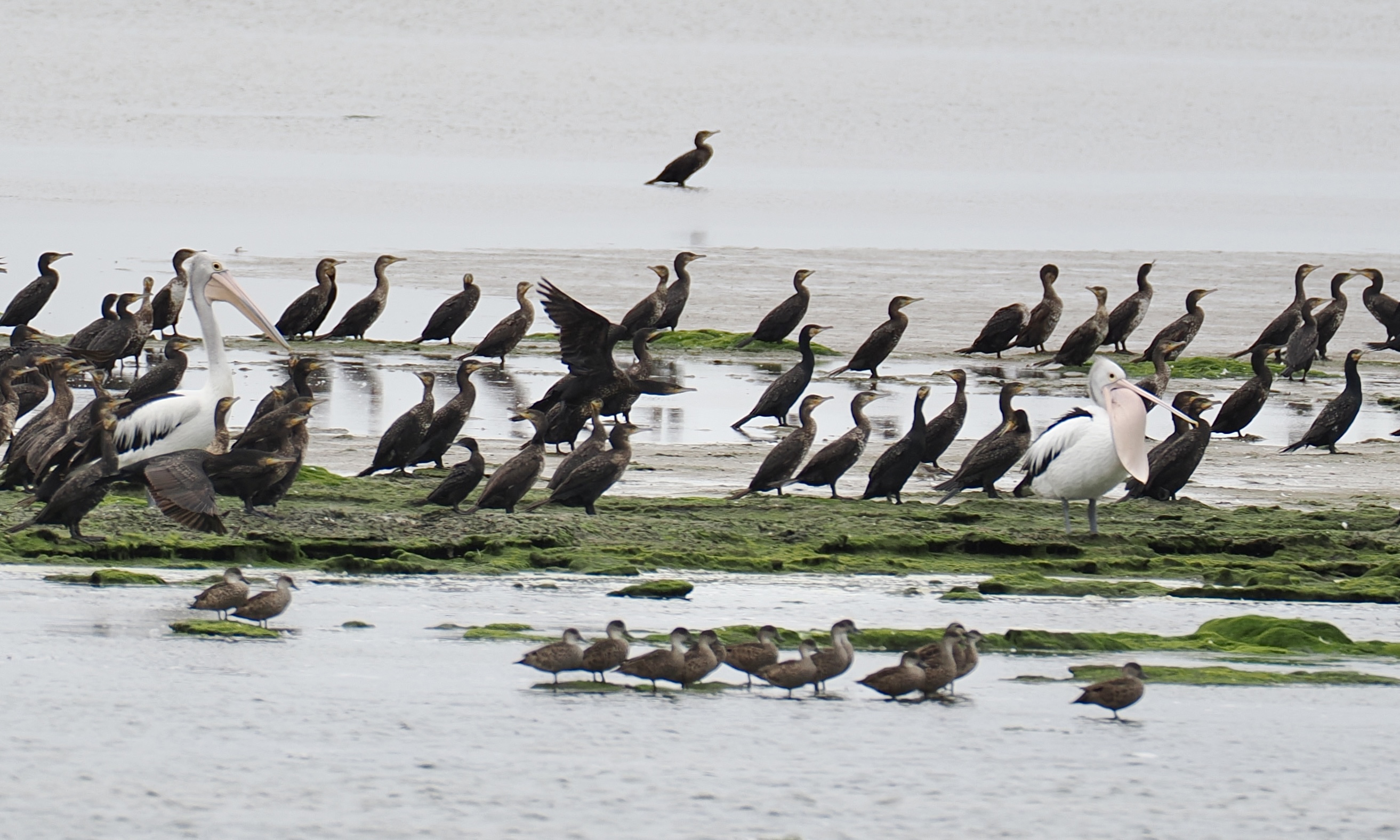This post’s heroes are fine festive season role models: relaxed, well-fed…and not too house-proud.
And, unlike reindeer, Pelecanus conspicillatus – the Australian Pelican – has never been co-opted by Coca-Cola!
Pelican Yoga sends best wishes to you all.
Comments closed
